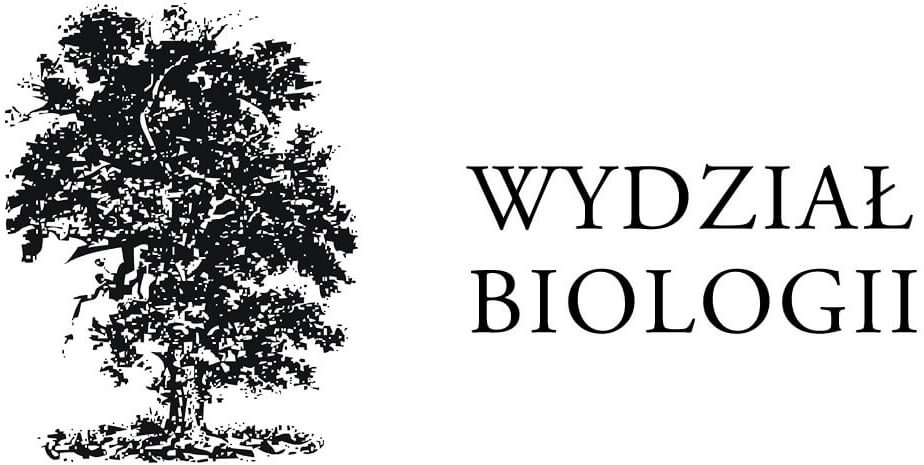The secrets of protists: evolution and biotechnology
Profs. Bożena Zakryś, Rafał Milanowski, and Anna Karnkowska with collaborators
Although invisible to the naked eye, protists play a significant role in ecosystems and the history of life on Earth. These single-cell organisms, related to plants and animals, constitute over 70% of all eukaryotes, offering a unique insight into the evolution and diversity of life. Research on protists at the Faculty of Biology UW focuses on discovering their remarkable diversity, relationships, and interactions with other organisms.
Protists are especially interesting due to their ability to symbiose with bacteria, the evolution of organelles, and even their complete loss. Studies on protists illuminate the evolution of mitochondria and chloroplasts, helping decipher the origin of eukaryotic organisms. Another fascinating phenomenon is the process of “stealing” chloroplasts, which illustrates the evolutionary flexibility of these microorganisms.
Through the work of scientists, we are learning about the role of protists in ecosystem functioning, including their impact on water quality. Freshwater protists can form toxic blooms, but at the same time, they play a key role in water purification. Newly discovered protist species provide compounds with antibacterial and regenerative properties, making them a promising tool in biotechnology.
MODERN APPLICATIONS:
Protists can be used in water purification and as a source of biologically active compounds with therapeutic and biotechnological potential.
FIGURE CAPTIONS:
Top: The image shows various species of euglenids, single-cell algae commonly found in small water bodies.
Bottom: The image features algae Trachelomonas, belonging to euglenids, as well as representatives of green algae. Algae, through their ability to photosynthesize, are a crucial component of aquatic ecosystems, playing a key role in primary production.
RELATED PUBLICATIONS:
- Karlicki M, Bednarska A, Hałakuc P, Maciszewski K, Karnkowska A. (2024) Spatio-temporal changes of small protist and free-living bacterial communities in a temperate dimictic lake: insights from metabarcoding and machine learning. FEMS Microbiol Ecol 100:fiae104. doi: 1093/femsec/fiae104
- Hollender M, Sałek M, Karlicki M, Karnkowska A. (2024) Single-cell genomics revealed Candidatus Grellia alia sp. nov. as an endosymbiont of Eutreptiella sp. (Euglenophyceae). Protist 175:126018. doi: 1016/j.protis.2024.126018
- Karnkowska A, Yubuki N, Maruyama M, Yamaguchi A, Kashiyama Y, Suzaki T, Keeling PJ, Hampl V, Leander BS. (2023) Euglenozoan kleptoplasty illuminates the early evolution of photoendosymbiosis. Proc Natl Acad Sci USA 120: e2220100120. doi: 1073/pnas.2220100120
- Maciszewski K, Fells A, Karnkowska A. (2022) Challenging the importance of plastid genome structure conservation: new insights from euglenophytes. Mol Biol Evol 39:msac255. doi: 1093/molbev/msac255
- Karlicki M, Antonowicz S, Karnkowska A. (2022) Tiara: deep learning-based classification system for eukaryotic sequences. Bioinformatics. 38:344-350. doi: 1093/bioinformatics/btab672
RELATED PROJECTS:
- Unravelling the establishment of endosymbiosis: quest for intermediate evolutionary stages among microbial eukaryotes (SYMBIOSTART) – grant Sonata BIS NCN, 2024-2029, PI: A. Karnkowska
- Freshwater microbial communities in the eutrophication gradient: diversity and interactions of protists and bacteria (MicroDivEr) – Opus grant, National Science Centre (NCN), 2021-2026, PI: A. Karnkowska
- Evolution of phototrophy in eukaryotes – EMBO Installation grant, 2019-2024, PI: A. Karnkowska
